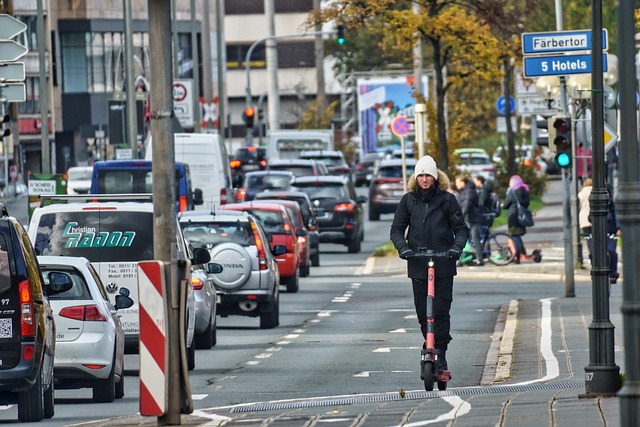As cities continue to grow, the challenges of transport sustainability and rural development become more pressing. One might wonder how green public transport can pave the way for a more ecologically responsible and inclusive future. The essence of green public transport lies not just in reducing carbon emissions, but in fostering a community-focused approach that aligns with the needs of both urban and rural areas.
Transport sustainability is essential for combating climate change, ensuring that our travel methods do not compromise the ability of future generations to meet their own needs. Green public transport systems, such as electric buses, trams, and trains, represent a significant step forward. These technologies reduce dependency on fossil fuels while minimizing air pollution, thus contributing to healthier environments for all community members. Imagine cities where clean air is the norm, where the hum of electric buses replaces the roar of gasoline engines, creating serene atmospheres conducive to wellbeing.
In rural areas, the importance of green public transport extends beyond environmental concerns. Many rural communities face challenges such as limited access to jobs, education, healthcare, and social services due to inadequate transport infrastructure. By investing in sustainable public transport options, rural development can thrive. Green public transport can bridge the gap between urban opportunities and rural realities, ensuring even the most isolated areas remain connected.
Consider the impact that a reliable bus service, powered by renewable energy, could have on a small town. Residents could travel easily to nearby cities for work or education, fostering economic growth while reducing individual carbon footprints. Each trip taken on a green public transport system can play a vital role in shifting the rural narrative from isolation to integration. Such changes will not only stimulate local economies but also contribute to improved quality of life for those in the countryside.
Furthermore, green public transport promotes social equity. When public transport systems are accessible, they empower more individuals, regardless of income or geographic location. Everyone deserves the opportunity to access necessary services and participate fully in society; this inclusivity thrives within a well-planned public transport framework. The transition to green public transport systems can create equitable access, allowing for diverse communities to flourish together.
Moreover, the benefits of green public transport extend to community-building efforts. Creating a culture around public transport encourages connections among residents, fostering a sense of belonging. Whether sharing conversations on a bus or collaborating on community events centered around transport stations, these interactions deepen social ties that enhance rural life. It transforms public transport from just a means of transit to a pivotal player in cultivating social cohesion.
Finally, as individuals, we can amplify our impact by advocating for green public transport initiatives. Engaging with local governments and participating in discussions around sustainable transport plans can help shape policies that resonate with our collective desire for a greener future. As we push our leaders to prioritize green public transport, we can create alternative solutions that cater to our mobility needs while safeguarding our environment.
Our journey towards a sustainable future is intertwined with how we choose to move. By embracing green public transport, we can not only reduce our ecological footprint but also ensure that rural communities thrive alongside urban centers. Through thoughtful investment and community engagement, we can drive towards an inclusive and environmentally conscious future.



